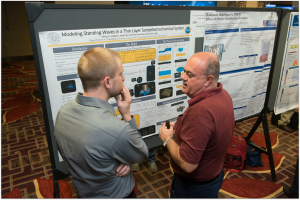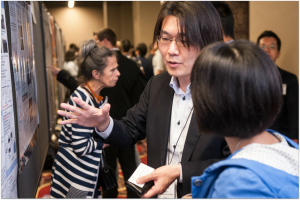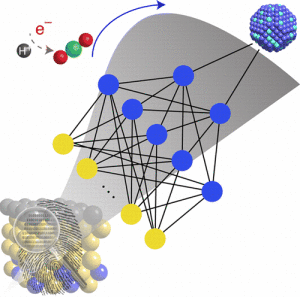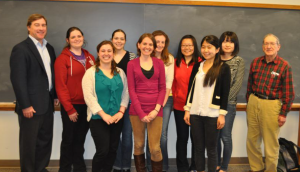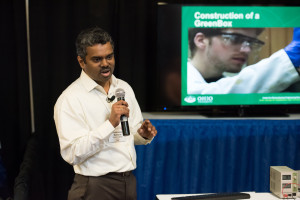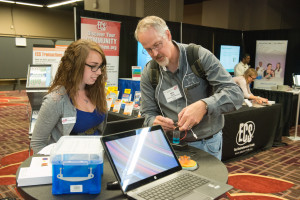Wind energy has been rising in the ranks when it comes to renewable energy sources. In the United States alone, wind energy produces enough electricity to power roughly 18 million homes—with about 48,000 utility-scale wind turbines operating nationally. While wind energy shows promising potential, there is still room for scientists to tweak this technology in order to yield higher efficiency levels.
The latest prototype of a new wind turbine system was developed with that goal in mind. The new system from researchers at the University of Nebraska-Lincoln (UNL) is set to yield 8.5 percent more electricity than current wind turbines.
Powering the Future
While wind turbines are a promising source of alternative energy, they tend to produce a decent amount of surplus energy that has not been able to be harvested and utilized. The newly developed turbine prototype examines that issue and can now store surplus energy for later use as electricity.
When comparing the new prototype and current generation wind turbines, the new turbines have the potential to yield up to an extra 16,400 kwh of electricity per month—coming in around 18 times the amount of energy a single United States household uses in a month.


